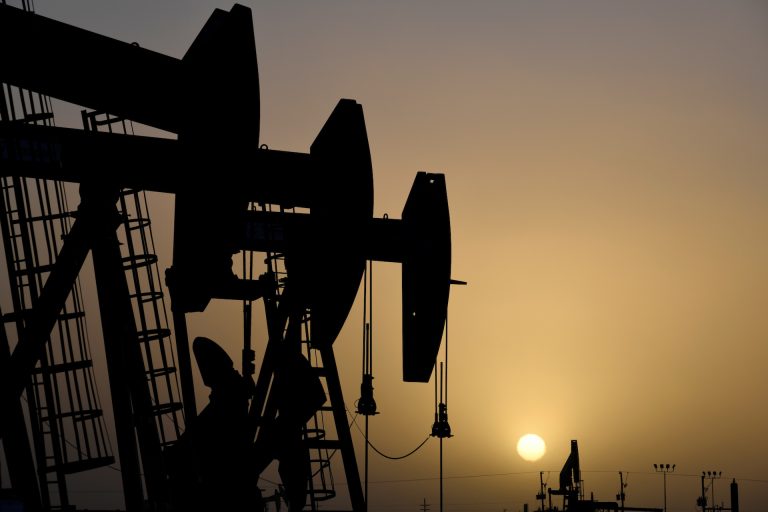NEW YORK — Oil prices rose on Tuesday, Nov 15 along with major stock indexes, after U.S. data signaled that inflation could be starting to subside, which would be a positive for oil demand.
Brent crude futures rose $1.02, or 1.1 percent, to $94.16 a barrel at 1:15 p.m. EST in the U.S. Meanwhile, West Texas Intermediate crude rose $1.18, or 1.4 percent, to $87.05 a barrel.
However, U.S. producer prices increased less than expected in October — more evidence that inflation was starting to ease, which could allow the Federal Reserve to slow its aggressive pace of interest rate hikes.
Wall Street indexes rose after the data, while the U.S. dollar index fell, making greenback-denominated oil less expensive for other currency holders.
“The inflation data was positive in a way. Stocks took off from that and it looks like we’re getting dragged higher now,” said John Kilduff, partner at Again Capital LLC in New York. “We’re still in that inverse dollar effect here,” he said.
Supply concerns continue
Success
You are now signed up for our newsletter
Success
Check your email to complete sign up
A European Union ban on seaborne Russian crude, set to start on Dec. 5, means that 1.1 million barrels per day (bpd) must be replaced, the International Energy Agency said on Tuesday.
“When you look at what we saw from the IEA about global oil inventories, that should be very bullish,” said Phil Flynn, an analyst at Price Futures Group.
Still, the IEA forecast that a gloomy economic outlook will put global oil use on track to contract by nearly a quarter million bpd in the fourth quarter of 2022 year on year, with demand growth slowing to 1.6 million bpd in 2023 from 2.1 million bpd this year.
In U.S. supply, crude oil stocks are expected to have dropped by about 300,000 barrels in the week to Nov. 11, a Reuters poll showed on Monday, Nov. 14 ahead of reports from the American Petroleum Institute due at 4:30 p.m. ET on Tuesday.
‘Zero-COVID’ restrictions to be lifted
But in China, investors cheered the country’s announcements last week that it would reduce the impact of a strict zero-COVID policy to spur economic activity and energy demand, but analysts said lockdowns and surging case numbers remained a downside risk.
READ MORE: ‘Substantial’ Changes Coming to China’s ‘Zero-COVID’ Policies: Reuters
Time will tell whether the easing of restrictions will actually remain as China has had a number of false starts and ensuing lockdowns when new cases are discovered.
The country’s COVID cases rose further on Tuesday, including in the capital Beijing, and the country’s factory output growth slowed.
Investment bank JPMorgan cut its quarterly and full-year forecasts for economic growth in China. The Organization of the Petroleum Exporting Countries (OPEC) cut its 2022 global oil demand growth forecast for a fifth time since April, citing mounting economic challenges including high inflation and rising interest rates.
Reuters contributed to this report.














